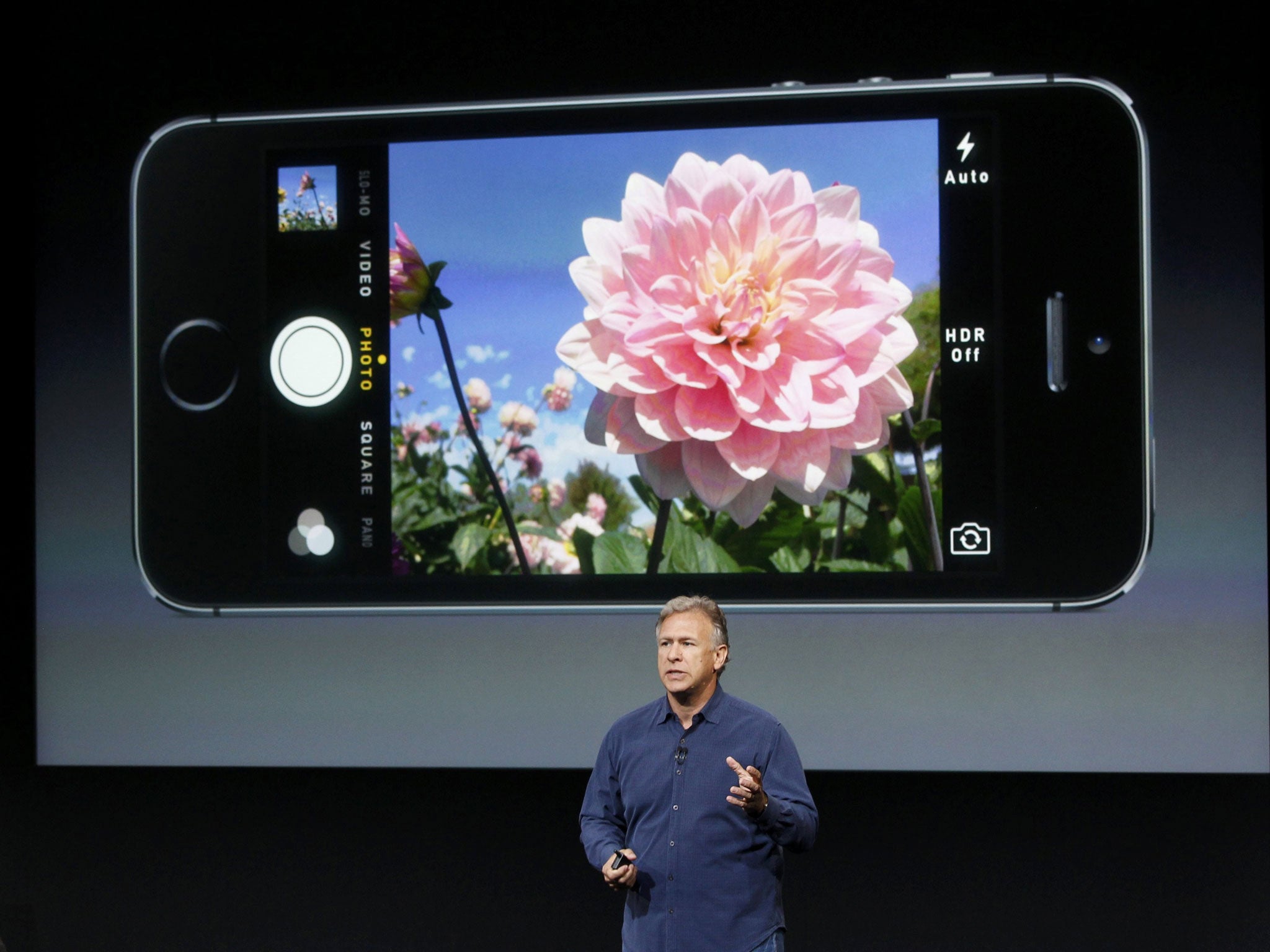Ghost of the Grey Lady at Hampton Court: how 'image aliasing' allows iPhone cameras to photograph spectres
The camera never lies – except when it’s ‘aliasing’

There is a ghost at Hampton Court Palace – or so a new photo, taken from an iPhone, would have you believe. But the spectre really lurks in the way that the mobile phone cameras takes pictures.
The new photos supposedly show a schoolgirl being followed by Hampton Court Palace by a ghostly apparition – claimed to be the Grey Lady that haunts the palace. The girl and the apparition are alone in the first picture, as it follows behind her, and in the second she is joined by someone else, shown turning around after the ghost has left.
But the two people – the apparition and the other person in the room – are likely instead to be one. And the secret that has brought them together is image aliasing and distortion.
What seems to have happened is that as people move in the image, they get pulled together as the camera attempts to take the picture. As the iPhone struggles to take the photo in the dark, the people in it distort and blend together.
What’s more, the iPhone doesn’t take photos all in one go, which means that people end up distorted and stretched.
It’s called image aliasing, and leads photos and videos taken from the iPhone’s camera to look odd. The effect is especially clear on videos taken of fast moving objects.
The cameras on iPhones and other mobile phone cameras scan slowly. Unlike a normal camera, which takes an image of all the pixels at once, it captures from one part of the sensor and then does the next.
That means that the different parts of the images are taken at different times. If something in the pictures moves while it is doing so, it can pull and stretch the images.
In the Hampton Court image, that is what seems to have happened. As the woman moves from the right to the left, she is captured at various parts of her journey – making her hair look very tall, while her body has moved away.
Join our commenting forum
Join thought-provoking conversations, follow other Independent readers and see their replies
Comments